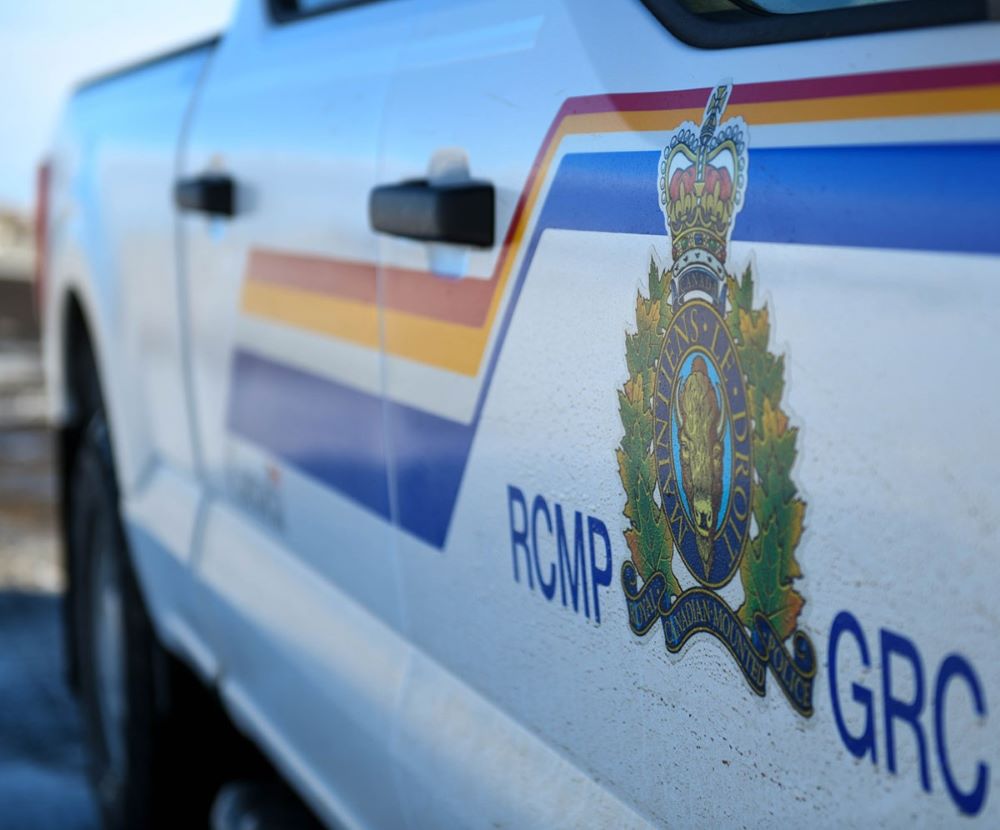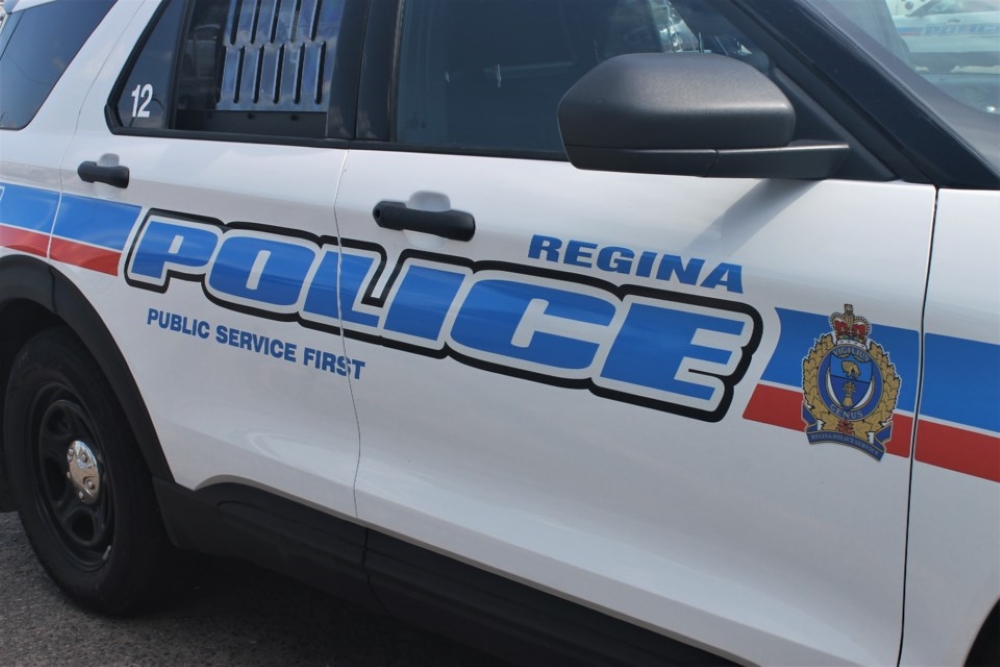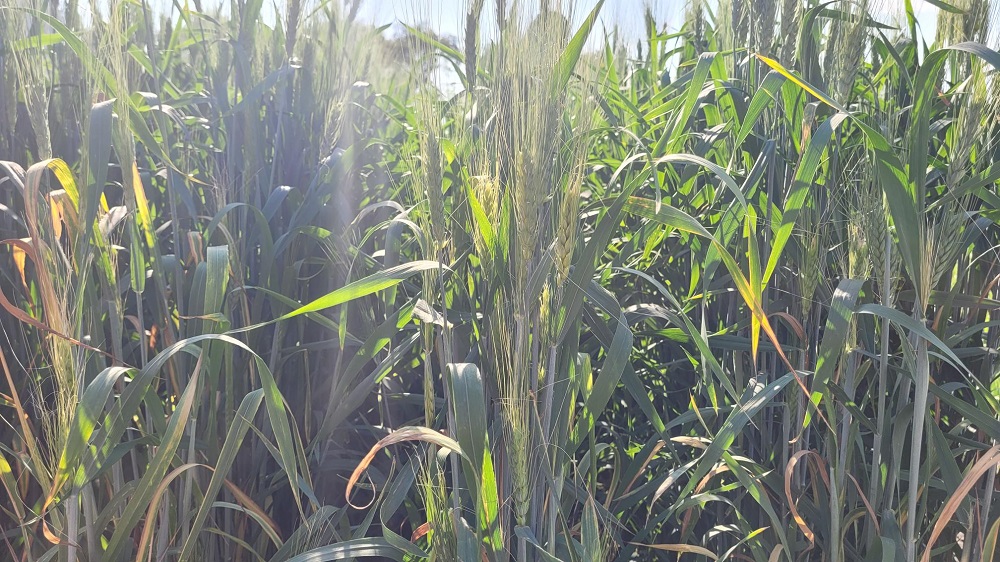Irrigators in the Outlook region are being asked if they will consider dropping some of their straw so it can be used as livestock feed this winter.
While hay and greenfeed yields have been average to above average in eastern and northern areas of Saskatchewan—they remain below normal to well below normal in southwest and west-central regions which have not received a lot of rain during the growing season.
The South Saskatchewan River Irrigation District Number One is co-ordinating a straw drop initiative.
A livestock producer looking to purchase straw for feed can contact the District Office. The office will then supply the producer with the name and number of an irrigator who may have straw available.
The irrigator and producer will then make an agreement on price and removal of the straw.
Livestock producers with any questions, can contact Krystine at the South Saskatchewan River Irrigation District Number One at (306) 867-9923.
Office hours are Monday to Friday 8am to 3:30pm.
Meantime, we received an email from a producer about 15 miles northwest of Outlook
He says harvesting of pulse crops are in full swing, both combining and desiccation.
Early yields are below average in the dry areas, and normal in an 8-mile stretch that received good showers over the summer.
This one area had up to 200mm or 8 inches of moisture since April 1st, while other areas are between70 to 100mm, with only the rain of 3 weeks ago, 25 mm doing much good.
Crops in the driest areas have suffered from the recent heat with later seeded crops and greenfeed being very poor.
He says the main problem in the area northwest of Outlook is for livestock producers.
Pastures are in very poor condition and livestock will need to be fed soon, and hay yields are again poor, similar to last year.
Our listener says talking with many cattle producer in the area, they are expecting more herd reductions due to feed availability.
On top of this, the grasshopper population has been high and is also eating green material. He estimates about five to six inches of rain will be needed this fall to get any moisture back into the subsoil.
(with files from cjww)








